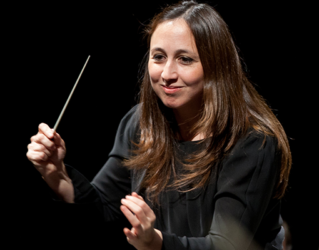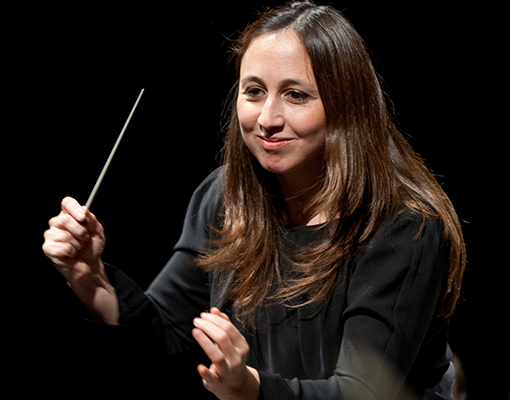 United Kingdom Mozart, Chopin, Beethoven: Benjamin Grosvenor (piano), Scottish Chamber Orchestra / Joana Carneiro (conductor). Usher Hall, Edinburgh, 28.4.2022. (SRT)
United Kingdom Mozart, Chopin, Beethoven: Benjamin Grosvenor (piano), Scottish Chamber Orchestra / Joana Carneiro (conductor). Usher Hall, Edinburgh, 28.4.2022. (SRT)

Mozart – Symphony No.32
Chopin – Piano Concerto No.2
Beethoven – Symphony No.6, ‘Pastoral’
I wouldn’t admit this to just anybody, but his youthful Salzburg Symphonies are amongst my very favourites among Mozart’s compositions. Sure, they’re a long way from the technical perfection of his late masterpieces (Linz, Prague etc.) and some of the early ones can be pretty indistinguishable from one another, but there is an unaffected joy about them that I find really life-affirming, and they are full of an energy that only a young composer on the make can bring. I am particularly fond of the ones where Wolfgang was just on the cusp of greatness, the ones between 25 and 34, and I’m always quietly delighted when I see No.32 on a programme.
Oooh, but it’s a terrific little piece! There is speculation that he wrote it as an opera overture rather than a symphony per se, because it has three contrasting sections that run into one ten-minute movement. But let us not forget that that is how the symphony began its life as a form, and Mozart makes so much of the study of contrasts that I am happy to take it as a symphony unique in itself.
The musicians of the Scottish Chamber Orchestra seem to share my enthusiasm for it because they played it as though it were the Jupiter. The outer movements had all the ebullience of a bouncing ball and, wisely, they played the version with drums. Leaving them out always feels like such a missed opportunity, and it would have been such a shame not to have heard the cracking natural timps and brass on show. The SCO’s huge experience of hybrid-HIP (historically informed on modern instruments) really came to the fore in the unusually tender central section, where the strings played with open transparency but just the right sprinkling of vibrato to make the music sing.
That also fed into a lovely performance of Beethoven’s Pastoral symphony, again with just the right amount of vibrato to give the music some sensuality. The Pastoral needs that, after all: it is meant to be a celebration of the joy in nature, and you lose some of that when you are exposed to relentless period-performance austerity. This performance had just the right amount of swell in the first movement to give it some bloom, and the soft-hued strings in the Brook scene were as inviting as a cosy cushion.

I find conductor Joana Carneiro rather hard work to watch. Her arms have a tendency to flail, and her gestures are jerky rather than commanding. But who cares about that when she gets such a lovely sound from the orchestra? She certainly seems to have hit it off with them based on this though, ironically considering what I said above, the storm was the only part of the symphony that failed to land. All that energy seemed to fizzle rather than burn in the thunderclaps, as though waiting for something more spectacular that never quite arrived. However, I enjoyed the way the tempest felt like it was getting further away, and the last movement quietly strove upwards in its spiritual naturalism.
Only a couple of decades separate the Pastoral Symphony from Chopin’s Second Piano Concerto, but they are a universe apart in their soundworlds, particularly as played here. Natural brass and timps were replaced by modern ones (with some spectacularly lovely horn playing as a consequence) and more sensual vibrato to the string sound. I rather liked it, though, and Carneiro managed it deftly, particularly in the balance with Benjamin Grosvenor’s piano playing. Grosvenor really understands the balance of drama and beauty that this concerto needs. There is muscularity to his playing, but it is always tinged with sweetness, and under his fingers the music’s urgent drama can turn to bel canto lyricism in an instant. He played the dreamy, gorgeous slow movement with a touch of insouciance so that it never lost a hint of spice, and he communicated admirably well with Carneiro. Every time she turned around and I caught a glimpse of the conductor’s face, she had a beaming smile of contentment. Rightly so: we in the audience had one, too.
Simon Thompson
